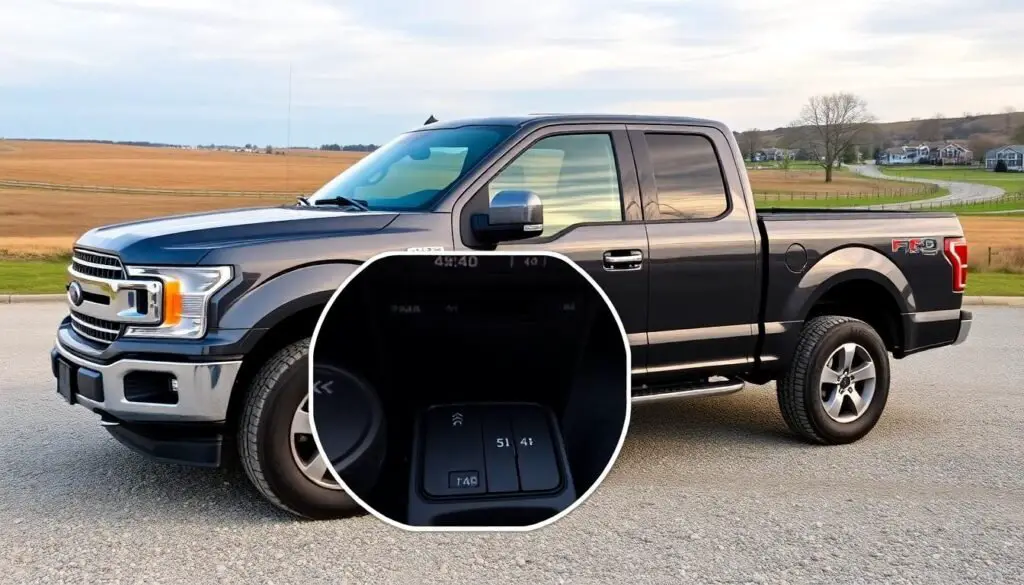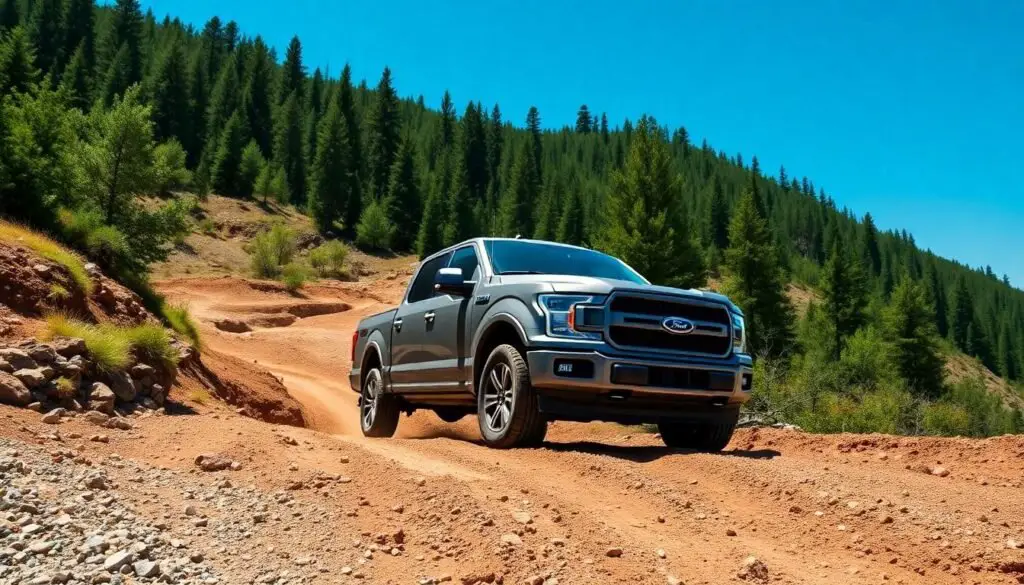The 4A (4×4 AUTO) mode on the Ford F-150 uses electronic all-wheel drive to automatically send torque front and rear as needed, making it ideal for everyday on-road driving—including wet, icy, or dry conditions. In contrast, 4H (4×4 HIGH) locks the front and rear axles in a 50/50 split for maximum traction on low-traction off-road surfaces like deep snow, sand, or mud, but should never be used on dry pavement to avoid drivetrain damage.
| Feature | 4A (4×4 AUTO) | 4H (4×4 HIGH) |
|---|---|---|
| System | Electronic all-wheel drive | Locked four-wheel drive |
| Torque Distribution | Computer-controlled; automatically adjusts front/rear | Locked 50/50 split between front and rear axles |
| Best For | Everyday on-road driving; wet or icy roads; safe on dry | Off-road low-traction conditions: deep snow, sand, mud; not on dry |
| Dry Pavement | Safe to use | Do not use; risk of driveline binding or damage |
| Engagement | On-the-fly under any speed | On-the-fly up to ~45–55 mph (model-dependent) |
Overview of Modes
4A (4×4 AUTO):
An electronic all-wheel drive system that constantly monitors wheel slip via sensors and uses its onboard computer to send torque to the front or rear wheels as conditions change. On dry pavement, it defaults to rear-wheel bias for better efficiency.
4H (4×4 HIGH):
A mechanical four-wheel drive mode that locks the center differential, forcing a 50/50 torque split between the front and rear axles to maximize traction in slippery, low-traction off-road environments.
How They Work

– 4A: Utilizes electronic clutch packs and real-time sensor input to modulate torque distribution, maintaining optimal traction without driver intervention.
– 4H: Engages a solid coupling between front and rear driveshafts, delivering equal torque to both axles for consistent pull in challenging terrain.
Safety on Dry Pavement

- 4A: Functions as a true AWD system; safe for everyday driving on any surface, including dry pavement.
- 4H: Should not be used on dry or high-traction surfaces. The locked driveline can cause binding in turns and accelerate wear or damage to the transfer case and drivetrain components.
Ideal Use Cases

- 4A: Regular commuting, highway cruising, rain-soaked roads, light ice or snow.
- 4H: Deep mud, loose sand, packed snow, and other off-road scenarios where maximum traction is critical.
Engagement Guidelines

- 4A: Can be shifted in and out on the fly at any speed, allowing seamless transition as road conditions change.
- 4H: Also shift-on-the-fly but only up to approximately 45–55 mph depending on model year. Avoid full throttle or rapid wheel spin when engaging.
Note: Only 4L (4×4 LOW) requires the vehicle to be stopped and placed in neutral before engagement.
Tips and Warnings
- Always consult your owner’s manual for specific model limits and recommended speeds.
- Avoid abrupt mode changes under heavy load or when wheels are slipping excessively.
- Return to 4A or 2H when you return to paved roads to preserve drivetrain longevity.
Using these modes appropriately ensures you get the most traction, control, and durability from your Ford F-150’s drivetrain—whether you’re running errands in the city or tackling harsh off-road trails.
Related Posts:
